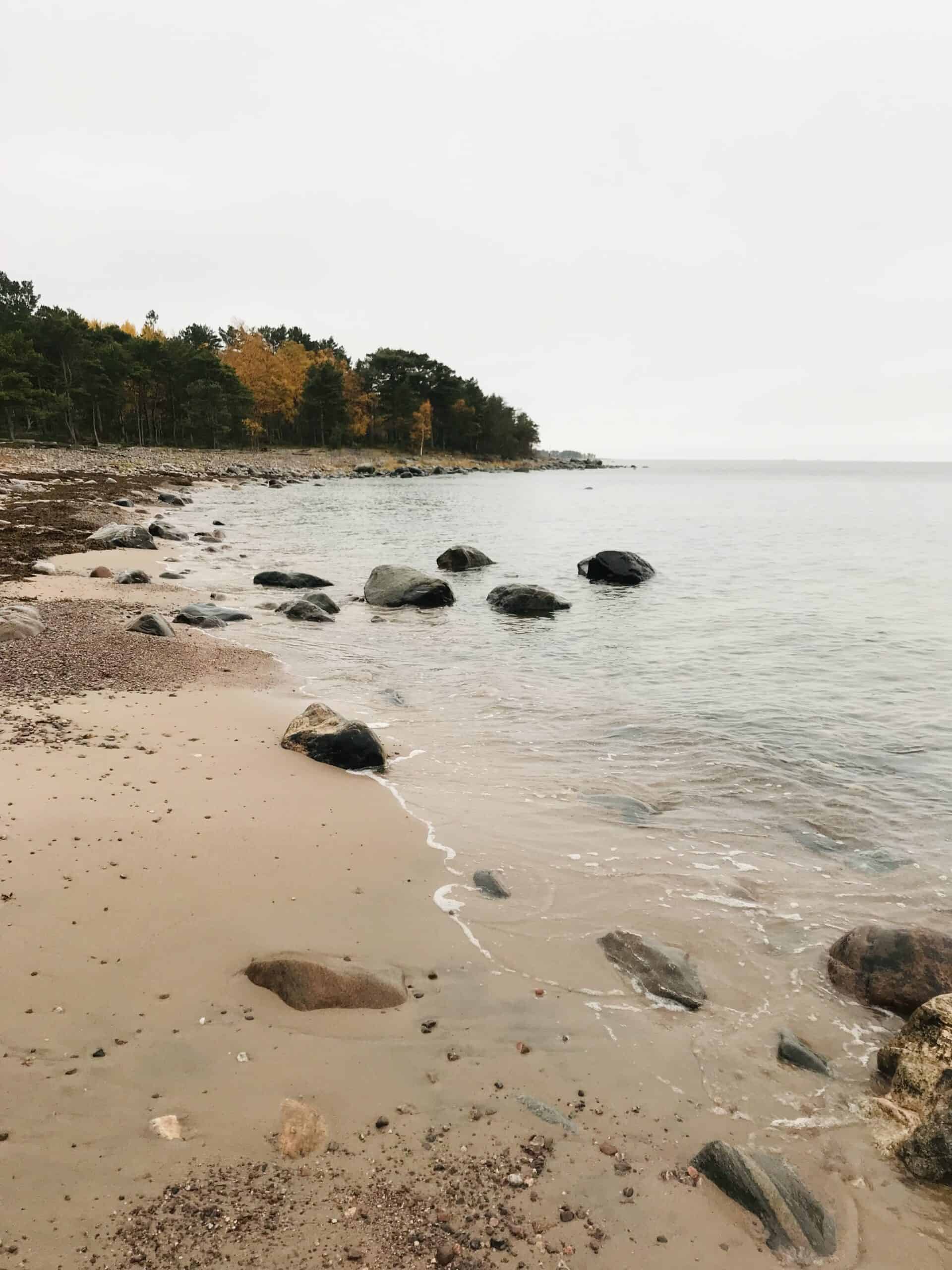
Associated partners interview: off-season tourism in the Finnish archipelago
07 July 2024
Light in the Dark collaborates with a variety of small and medium-sized enterprises (SMEs) dedicated to promoting sustainable tourism and extending the tourist season. Among these SMEs are our partners, Brudhäll Hotel & Restaurant on Kökar (Åland) and Visit Örö, a hotel, restaurant, and guest harbor complex on the island of Örö (Kemiönsaari). Both companies are situated in remote locations, posing additional challenges to prolonging the season. However, the entrepreneurs Natalie at Brudhäll and Nina at Visit Örö are driven and committed to the work it takes.
Kökar has a year-round population of about 250 residents, while Örö is home to only 7-9 people throughout the year. Brudhäll is the sole year-round tourism service on Kökar, and Visit Örö is the only service available on Örö even in the summer. Both islands are accessible by ferry only a few times a week—twice for Örö and four times for Kökar. Both islands have a year-round staff of only a handful of people, including the entrepreneurs themselves.
The motivations behind becoming a year-round tourism entrepreneur on islands like Kökar or Örö are deeply rooted in a love for the natural environment, a desire for community engagement, and a passion for providing unique experiences. Natalie transitioned from a background in bioscience and teaching, driven by a love for travel and community. Meanwhile, Nina on Örö sought to escape the mainland 9-to-5 grind and fulfill a long-standing dream of island entrepreneurship inspired by their families’ boating travels in the region. Previously to Örö they have been tourism service providers on Nötö and Bodö as well.
Both islands boast stunning natural landscapes and distinct histories—Kökar is a traditional archipelago village, while Örö has a rich history as a military fortress. These unique traits make the islands fascinating destinations for visitors year-round. Most off-season visitors are outdoor enthusiasts, but the islands also attract remote workers seeking a change of scenery and corporate groups combining recreation and seminars. Despite the logistical challenges, both entrepreneurs have seen a steady increase in off-season visitors in recent years. “It takes around three years for people to realize that we are open year-round,” the Örö entrepreneur estimated.
Natalie greatly appreciates the close-knit community on Kökar, noting, “Kökar is a small place, and it’s a community where everyone takes care of each other.” The island has seen an increase in young residents, contrasting with many other islands or rural areas where more people move out than in. Brudhäll is often described as “the heart of Kökar” by the locals, and this gratitude and support from the local community are major motivators for Natalie. “You feel that you have an important function in keeping the community alive,” she said. They take pride in keeping Brudhäll open year-round, which helps maintain local services and jobs. Initially, Kökar’s tourism season ran from May to September; now it extends from April to November, with January and March being the quietest months—this is already a significant extension of the tourism season.
On Örö, Nina and her husband, who she runs the company with, are motivated by the challenge and satisfaction of creating unique, customer-focused experiences for every visitor. They enjoy problem-solving, which is a common occurrence in a remote and logistically challenging setting such as Örö. “It’s exhilarating when you solve challenges that arise,” Nina expressed. One such instance was when the electricity went out on the whole island, leaving them with a hotel full of hungry visitors but no way to use the restaurant kitchen; they quickly created an outdoor barbecue kitchen in the yard instead, complete with tables and seating.
They also find it rewarding to teach young employees and provide them with a positive start to their working lives, with some employees having been with them for 4-6 seasons.
Looking to the future, both businesses aim for sustainable growth and hope for enhanced accessibility. By 2030, Natalie on Kökar envisions hiring two more year-round staff, fully booking winter weekends with different events, and having improved ferry connections. During summer, she dreams of a ferry from Turku to enhance accessibility. She also emphasizes cooperation with local actors to offer a wider range of activities and believes in the large potential for young entrepreneurs to start their own companies on Kökar.
On Örö, the goal is to attract more international visitors and increase the annual guest count to 35,000, facilitating the renovation of historical buildings and further investment in the island’s infrastructure and services.
Both entrepreneurs agree that the significant challenge in prolonging the tourist season is the visibility and awareness of the islands during the off-season. Marketing is crucial but often too costly for small businesses to handle alone. “What small business owners can’t do, or don’t have time for, or just can’t afford, is marketing,” said Natalie. The entrepreneurs see the potential of Light in the Dark to be enhancing the visibility of the region and providing opportunities for companies to collaborate in creating new off-season products and marketing them. Nina emphasizes the importance of collaboration among local businesses to package and promote their unique attractions effectively, drawing inspiration from Lapland’s collaborative approach to tourism. “It’s challenging to move groups of people in the archipelago, of course. But cooperation among entrepreneurs is paramount,” she noted.
A dialogue with colleagues about extending the season and improving cooperation can help address the challenges they face and sustain their enterprises year-round.







